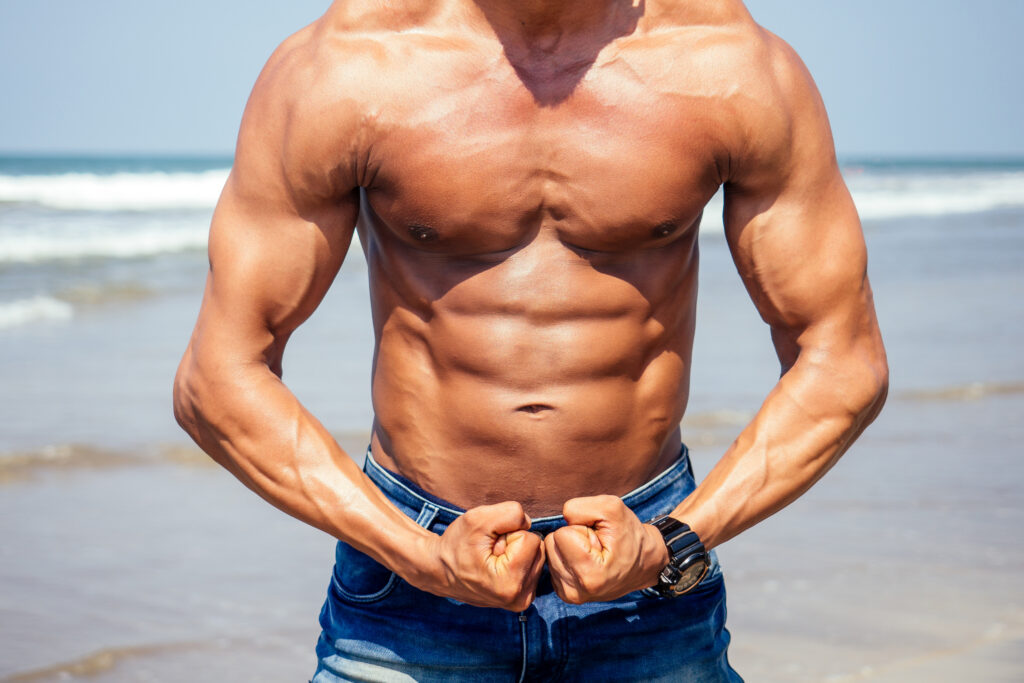Achieving six pack abs revolves around two main components: building the abdominal muscles and reducing the layer of fat covering them. How you manage your caloric intake directly influences both of these components.
Firstly, let’s discuss the muscular aspect. To build any muscle, including your abs, your body needs adequate nutrition. This includes not only the right balance of macronutrients like proteins, carbohydrates, and fats, but also enough calories to support muscle growth. If you’re consistently consuming fewer calories than you burn, it’s challenging for the body to build muscle effectively.
Now, let’s talk about the fat layer. Everyone has abdominal muscles, but their visibility is often obscured by a layer of fat. The main way to reduce this fat is by creating a caloric deficit, which means you need to burn more calories than you consume. When you’re in a caloric deficit, your body taps into stored fat for energy, which can lead to fat loss over time.
However, it’s crucial to strike the right balance. Too severe of a caloric deficit can lead to muscle loss alongside fat loss, which isn’t ideal when aiming for a toned midsection. Conversely, consuming too many calories, even if they’re from healthy sources, can lead to fat gain which will cover your abdominal muscles and hide them from view.
Calories play a significant role in achieving six pack abs. To build and showcase your abs, you need to manage your caloric intake in a way that supports muscle growth while also promoting fat loss. This often requires a combination of proper diet, regular exercise, and monitoring your caloric consumption relative to your caloric expenditure. Remember, while the number on the scale or the calorie count might be a useful tool, it’s the overall balance and consistency in your approach that will pave the way to those desired abs.

